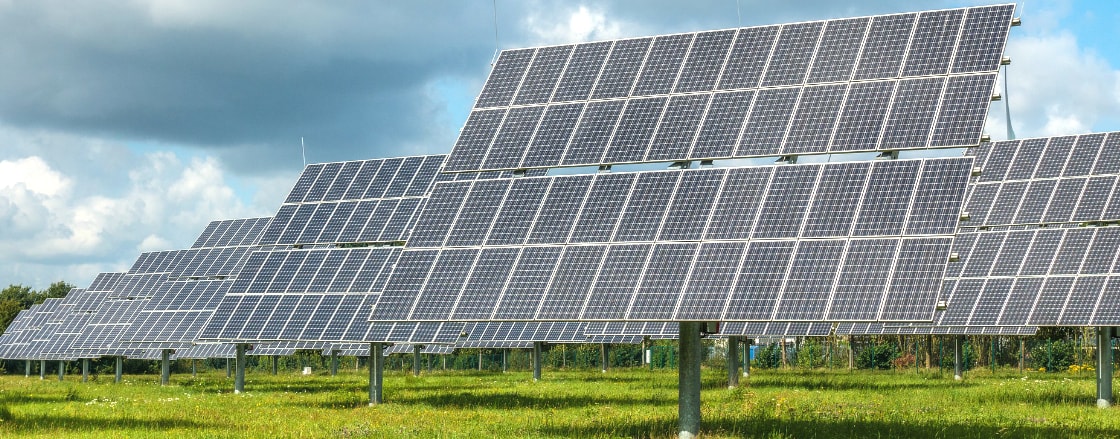
We see them on road sides and roof tops. How solar panels function and are they effective source of energy, you can find out here.
The working principle of solar panel is very simple. Particles of light, photons, are used to release free electrons from atoms and in this way generate flow of electricity. Solar panels are built from many units called photovoltaic cells, which are linked together. These cells are made of semi conducting material, usually silicon. Photovoltaics convert sunlight into energy - the greater the intensity of the light, the greater the flow of electricity.
A solar cell is a sandwich of two different layers of silicon that have been specially treated or doped so they will let electricity flow through them in a particular way. Silicon dioxide SiO2 (silica) is the basic element of semiconductor segments. Usually a phosphoros is added into the top layer of silicon in order to obtain extra electrons (the negative charge) n-type silicon and the bottom layer gets a extra boron (the positive charge), it's called p-type or positive-type silicon. Phosphorus has one more electron than silicon. When substituted into the silicon structure, the electron is so weakly bound to the phosphorus that it can move freely within the crystal, creating a negative charge. Boron has fewer electrons than silicon and sucks up silicon’s electrons. This creates “electron holes” – regions of positive charge in the crystal structure.
When we place a layer of n-type silicon on a layer of p-type silicon, a barrier is created at the junction of the two materials. No electrons can cross the barrier so, no current will flow. When light energy strikes the solar cell, electrons are knocked loose from the atoms in the semiconductor material. If electrical conductors are attached to the positive and negative sides, forming an electrical circuit, the electrons can be captured in the form of an electric current – electricity.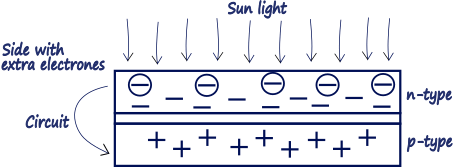
Figure 1. Photovoltaic cell.
The photons in the light cause the number of electrons on the silicon surface to increase by activating them; this causes the two poles to generate electricity.
Basically, as long as there is a light falling on the silicon surface which causes the photon - electron transformation, this generation continues to occur.
The amount of the electric energy produced by Photovoltaic cells is in proportion to the power and the angle of the light that comes to the unit area.
-
The light that comes with a right angle provides more power generation
-
The light that comes from a higher level provides more power generation
Today, the sun cells which have the best conversion rate work with 15-40% efficiency.
Types of Photovoltaic Solar Cells
PV cells can be manufactured from a variety of different materials. Despite this difference, they all perform the same task. There are four main types of solar panels that are commercially available, and they include monocrystalline silicon PV, polycrystalline silicon PV, amorphous silicon PV, and hybrid PV.
-
Mono Crystalline Cells: These cells are composed primarily of silicon crystals and have high efficiency. They have two different manufacturing technologies - Si (Silicon) and Gallium Arsenide (GaAS). The PV cells with the highest efficiency today are those made of Gallium Arsenide. Generally speaking, these cells have efficiency of about 12-20% and are the most efficient of the silicon-type cells. These panels generate more energy per unit area and are thus more space efficient, live longer than polycrystalline varieties and perform better in low loght conditions but in cold conditions their performance drops.
-
Polycrystalline sillicon cell: Has a crystalline structure. It has a manufacturing technology in the form of a thin-film. Cadmium telluride (CdTe) or Copper indium diselenide (CIS) is used in the structure. Efficiency is not more than 13-16% they also have lower space eefficiency.
-
Amorphous silicon: Has a non-crystalline structure. Rate of efficiency is not very high. It is used in small devices such as calculators and digital dictionaries.
-
Hybrid Solar Cell: It is one of the newest technologies. Organic and chemical substances are used together in its structure. These cells generally perform well at high temperatures and have efficiencies exceeding 18%. However, these cells can be very expensive.
Photovoltaic modules
Photovoltaic modules are formed of photovoltaic cells connected electrically in series and/or parallel circuits to produce higher voltages, currents and power levels. If the cells are wired in parallel, current is increased and if wired in series a higher voltage produced. 36 cell modules are the industry standard for large power production.
Connecting the PV cells in series
When connecting the PV cells in series, the total putput voltage is going to be the sum of the individual cells output voltage: V1 + V2 + V3 + V4 = Vout.
For series connected cells, the combined output current is the same as that produced by each cell:
I1 = I2 = I3= I4= I.
The combined power is the sum of the individual cells power.
There is one major disadvantage of series connected solar cells. An undesired effect occurs when one solar cell becomes faulty, damaged or is partly or fully shaded from the sunlight. Even if only one solar cell is (partly) shaded, the effect is the same as if all the series connected cells are shaded resulting in a complete loss of power output.
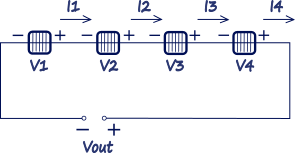
Figure 2. Photovoltaic cells connected in series.
Connecting the PV cells in parallel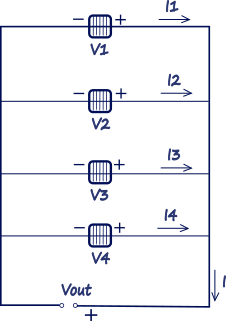
Figure 3. Photovoltaic cells connected in parallel.
In Figure 3 the four photovoltaic solar cells are connected together in a parallel combination. For parallel connected cells, the combined output voltage is the same as that produced by each cell.
V1 = V2 = V3 = V4 = Vout.
The total output current is the sum of the individual cells output currents and this is calculated as:
I1 + I2 + I3 + I4 = I.
The combined power is the sum of the individual cells power.
Connecting the PV cells in series with bypass diode
Many modern panels, however, come equipped with devices called bypass diodes which minimise the effects of partial shading or damaged cell(s) by essentially enabling electricity to ‘flow around’ the shaded cell or cells.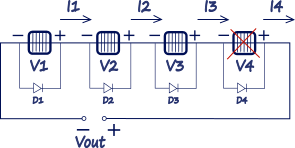
Figure 4. Photovoltaic module with bypass diodes.
The cells in the modules are mostly connected in series as it is need to boost the output voltage.
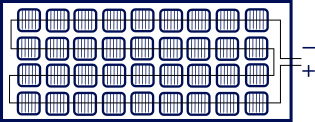
Figure 5. Photovoltaic module with 36 cells.
Photovoltaic panels
PV panels include one or more PV modules assembled as a pre-wired, field-installable unit. Photovoltaic panels come in all sorts of configurations and sizes to help you meet your energy needs. Most PV panel manufacturers produce standard solar panels with output voltage of 12 volt and 24 volts. The design of these standard solar photovoltaic panels generally consist of 36 crystalline silicon cells which has evolved from the need to charge a 12 volt battery.
PV Panels in series
Series circuits have only one path for current to travel along. Therefore, all the current in the circuit must flow through all the loads. A series circuit is a continuous, closed loop - breaking the circuit at any point stops the entire series from operating. An example of a series circuit is a string of old Christmas lights - if one bulb breaks, the whole string turns off. When wiring solar panels in a series, the voltage is additive, but the amperage remains the same.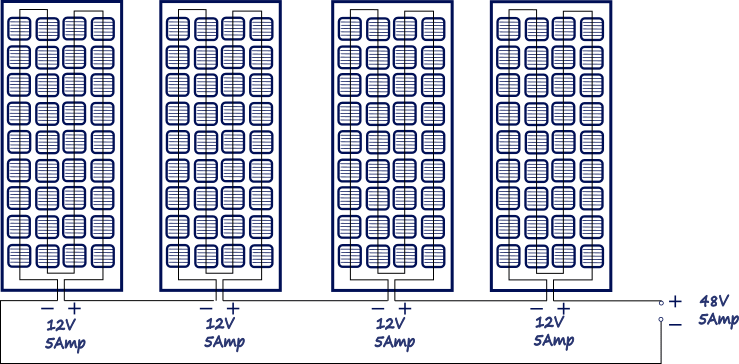
Figure 6. Photovoltaic panels connected in series.
PV Panels in parallel
Parallel circuits have multiple paths for the current to move along. If an item in the circuit is broken, current will continue to move along the other paths, while ignoring the broken one. This type of circuit is used for most household electrical wiring.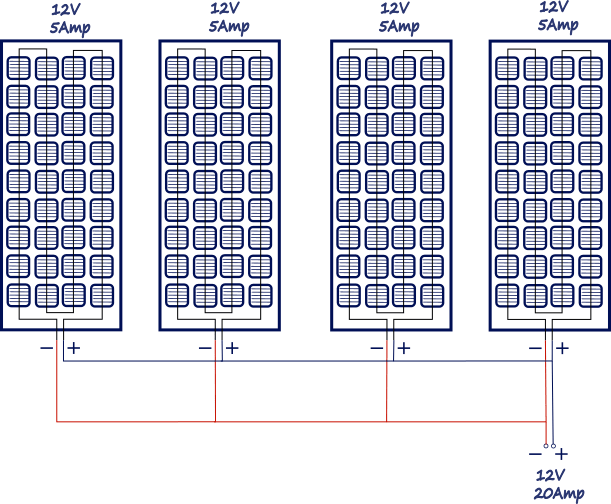
Figure 7. Photovoltaic panels connected in parallel.
Photovoltaic arrays
A photovoltaic array is the complete power-generating unit, consisting of any number of PV modules and panels. A PV Array consists of a number of individual PV modules or panels that have been wired together in a series and/or parallel to deliver the voltage and amperage a particular system requires. An array can be as small as a single pair of modules, or large enough to cover acres.
Lifespan of photovoltaics
A typical life span is over 25 years, and there are cells in place that have produced electricity reliably for over 40 years. However, this doesn’t mean that they stop producing electricity after 25 years – it just means that energy production has declined by what manufacturers consider a significant amount.
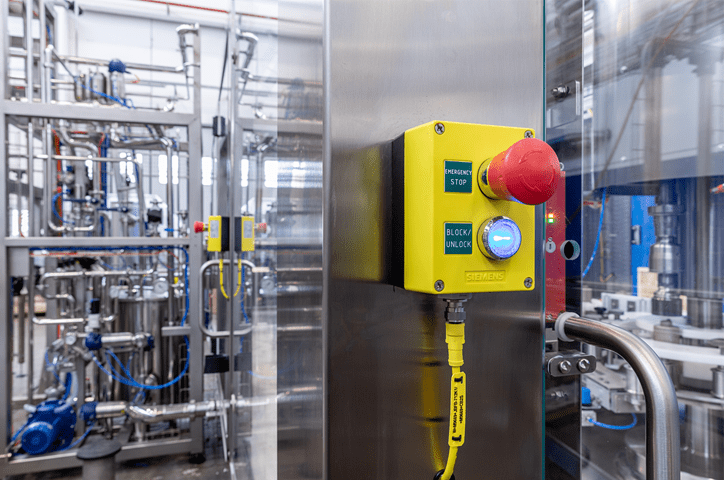
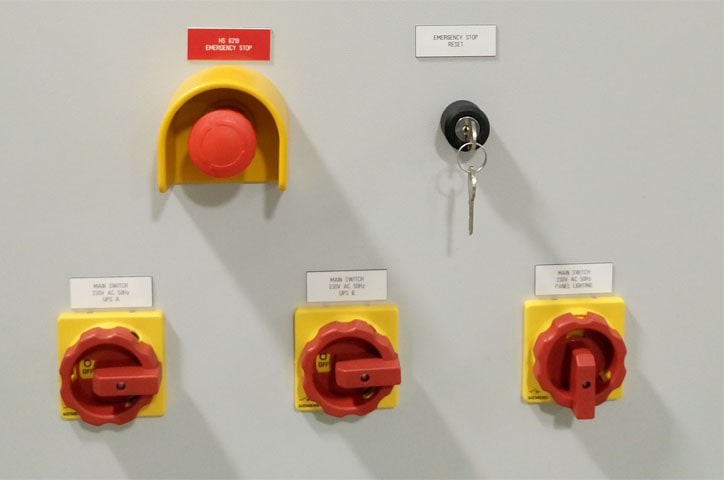
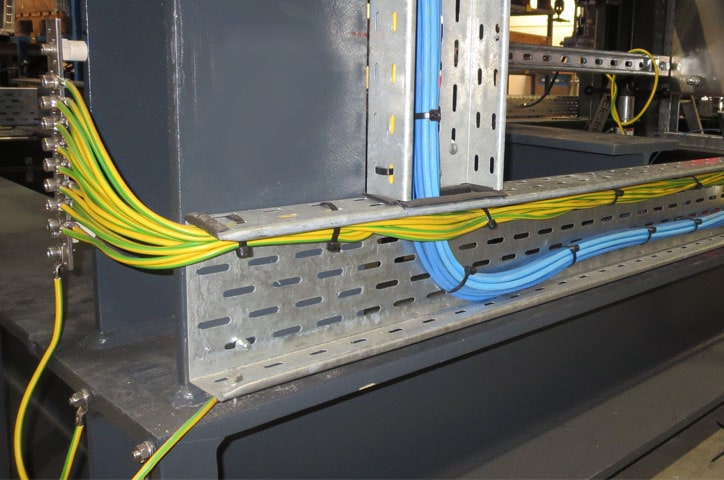
0 COMMENTS //
Join the discussion